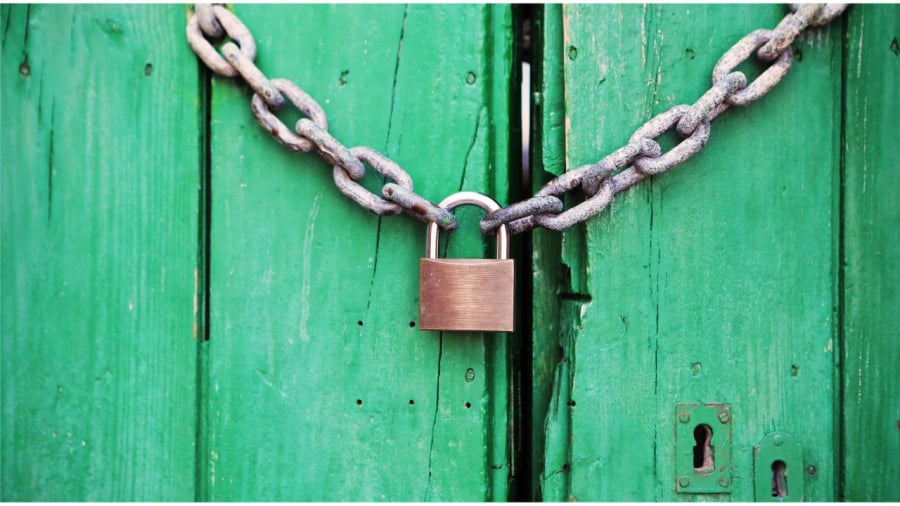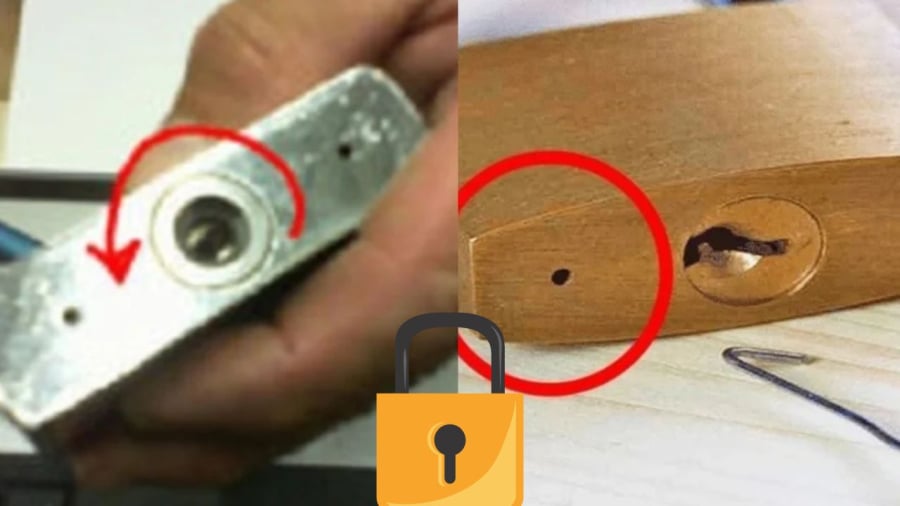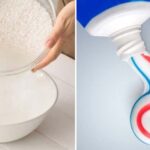Locks are made from sturdy metals, typically brass, iron, steel, or stainless steel. Next to the keyhole, you’ll often find a small hole, and locks can have either one or two of these holes. Many people tend to overlook the importance of this small hole and the benefits it offers.
Locks serve the vital purpose of securing our homes, possessions, and valuables. They are used indoors and outdoors, exposed to varying weather conditions, including rain, sun, wind, and dew. Especially during the rainy season, or for locks that are constantly outdoors, prolonged exposure to moisture can lead to oxidation, resulting in rust and the potential buildup of rainwater, moisture from dew, or humid air, causing further issues with opening and closing the lock.
Over time, many locks become oxidized and extremely challenging to open, sometimes even requiring the skills of a locksmith despite having the correct key. This difficulty is where the small holes come into play.

Outdoor locks are more prone to moisture and rust.
These small holes are designed to drain water from the inside of the lock. When water enters the lock, it can escape through this hole. Therefore, when purchasing a lock for outdoor use, or for areas prone to heavy rainfall or moisture, it’s essential to select a lock with this additional drainage hole. To enhance drainage, position the lock vertically when it comes in contact with water, and when in use, try to maintain a non-vertical position to minimize water ingress. Pay particular attention to your locks during rainy seasons, as the absence of these small holes can lead to water accumulation and rapid rusting.

A small hole with a big purpose that often goes unnoticed.
To prevent the need for lock picking or dealing with stubborn locks, remember the importance of these small holes and use them correctly. If you prioritize added security, opt for locks with two holes for enhanced water drainage.
The second function of these small holes is to facilitate oil lubrication in the lock. Instead of applying oil directly into the keyhole, which can be messy and inconvenient, use the small hole next to it for a more effective and cleaner lubrication method.
The Ultimate Guide to Unlocking the Secrets of the Keyhole: What’s the Purpose of that Tiny Hole?
The small hole alongside the keyhole on a padlock serves a significant purpose. It is not merely an aesthetic feature but a functional one, integral to the operation and maintenance of the lock. This subtle detail often goes unnoticed, yet it plays a pivotal role in the overall functionality and longevity of the locking mechanism.








































